Piece offering: the making of the ceremonial rug, by Craig Green and Stepevi
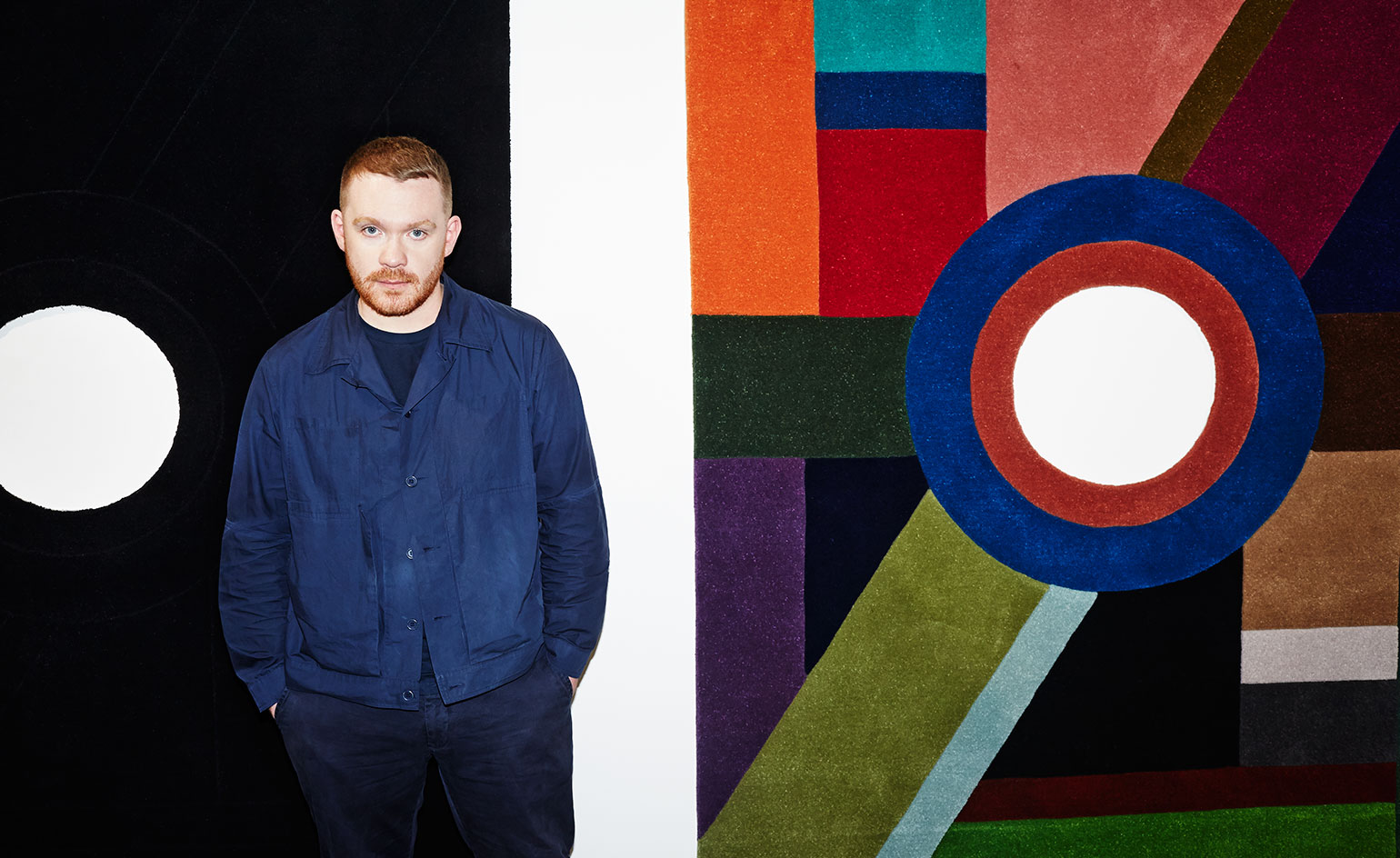
Back in 2011, we teamed up with luxury rug-making company Stepevi for a Handmade collaboration with the Paris-based designer Vincent Darré of Maison Darré, resulting in a striking surrealist rug with a body-part motif. We so enjoyed working with the family-owned brand that we decided to make another aesthetic pilgrimage to its factory in Isparta in southern Turkey, this time teaming up its craftsmen with the London-based menswear designer Craig Green.
Inspired by the history of mats used in worship, Green designed two 170 x 240cm ceremonial rugs, crafted in 100 per cent wool. One is multicoloured, while the second is described by the designer as being a ‘shadow version’ of the first, made entirely with black yarn. ‘Doing two versions of the same thing is a strong part of the brand I have been building,’ Green explains. He constructed each rug from smaller elements. Each design is an amalgamation of 28 pieces, and they resemble large-scale graphic jigsaw puzzles.
Traditionally, rugs are known for their concealing properties, but instead, Green’s design features an elliptical porthole-style cut-out. Holes are a recurring motif for the designer, who founded his eponymous fashion label in 2012. Knitted jumpers with a cut-out circle at their centre featured in the designer’s A/W15 collection. Known for his meditative approach to fashion, Green’s garments also include deconstructed silhouettes, which are created piece by piece from separate shapes and laced together to create varying degrees of closure.
When it came to the rug design, Green’s search for inspiration went global. ‘We looked at world flags and almost layered their designs on top of each other,’ he says. ‘The final patterns took on Russian Constructivist shapes.’ It’s not the first time Green has drawn on flags in his designs. For his S/S17 collection, he created both bright and colour-bleached scarves, inspired by flag aesthetics and Boy Scout neck scarves. White flags, a universal symbol of truth and surrender, also featured in the collection.
Keeping the thread of our spirituality-focused Handmade theme, Green’s multicoloured rug design, when divided into graphic blocks, also evokes the bright hues and graphic structures of ecclesiastical stained glass windows.
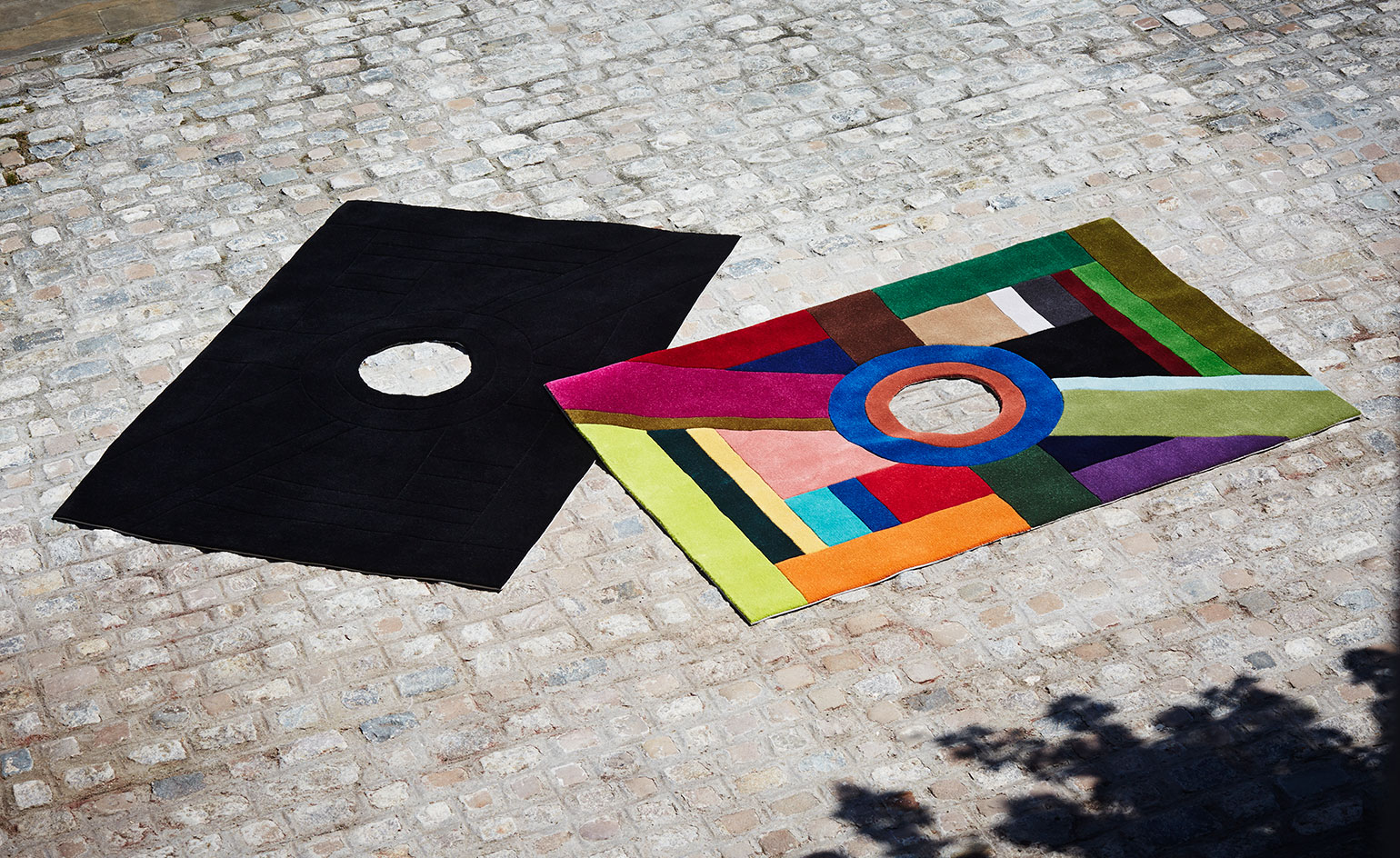
Green describes the black rug as ‘shadow’ of the multicoloured one.
In Green’s kaleidoscopic interpretation, each of the 28 pieces was created using a different colour. ‘Each separate element was produced to the standard of a finished rug, so that when they were laid down together they fitted seamlessly next to each other to form one perfect design,’ explains Ayşegül Yürekli Şengör, Stepevi’s managing director.
Founded in 1919 in Istanbul, the company uses the latest technology to create its multifaceted designs from its production facility based in Isparta, a town with a heritage of traditional carpet weaving. For Green’s ceremonial rug, Stepevi’s craftsmen used hand-operated tufting-guns – machines that push loops of high quality wool through a canvas stretched over a frame. A backing foundation, known as scrim, was then applied to the canvas using a water-based glue. ‘For me, working with Stepevi was an easy process,’ says Green. ‘Perhaps not for them, though, as they were making multiple pieces for each design.’
Green’s garments are associated with a meticulous level of craft, and the second stage of rug production focused on intricate handcrafted details. ‘To create a soft pile, the wool loops were sheared by a software-operated machine blade,’ says Şengör. ‘Then the strands were hand-carved and cut at different levels to create a three-dimensional surface. Our specialism in creating multifaceted rugs enhanced the design.’
Not content with producing two striking finished rugs, Green experimented during the making process, creating versions of each design with dynamic, moveable pieces. ‘They’re like exploding flags,’ he says. ‘You could even put parts of the coloured design into the black one, and vice versa.’ The designer is pragmatic about the impact of jigsaw-like furnishings on domestic bliss. ‘You could even separate all of their parts around your house,’ he adds. ‘Although the pieces would be a nightmare to vacuum.’
As originally featured in the August 2017 issue of Wallpaper* (W*221)
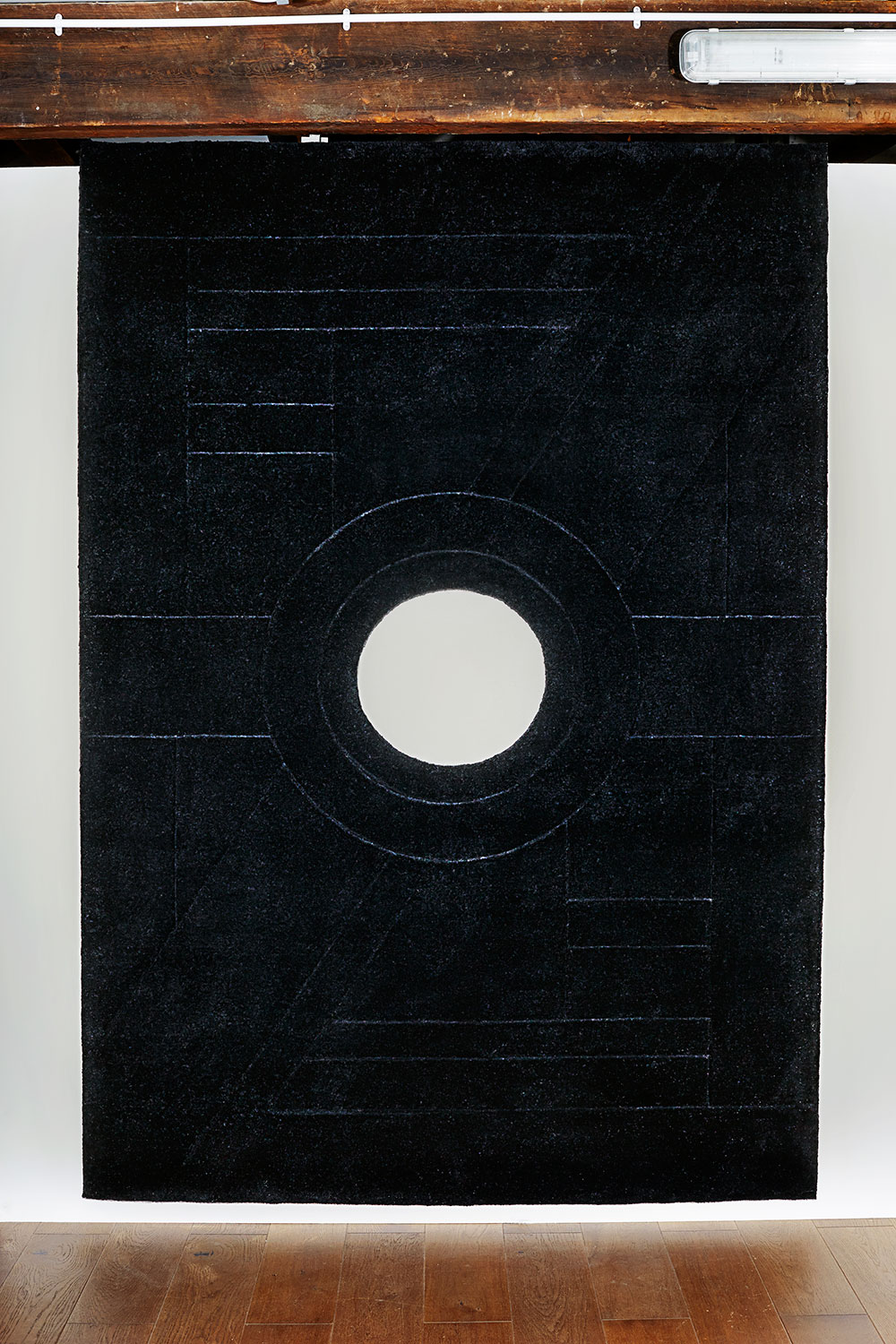
Each rug features a central cut-out, a common motif in Green’s designs.
INFORMATION
For more information, visit the Craig Green website and Stepevi website. Available from WallpaperSTORE*
Receive our daily digest of inspiration, escapism and design stories from around the world direct to your inbox.
-
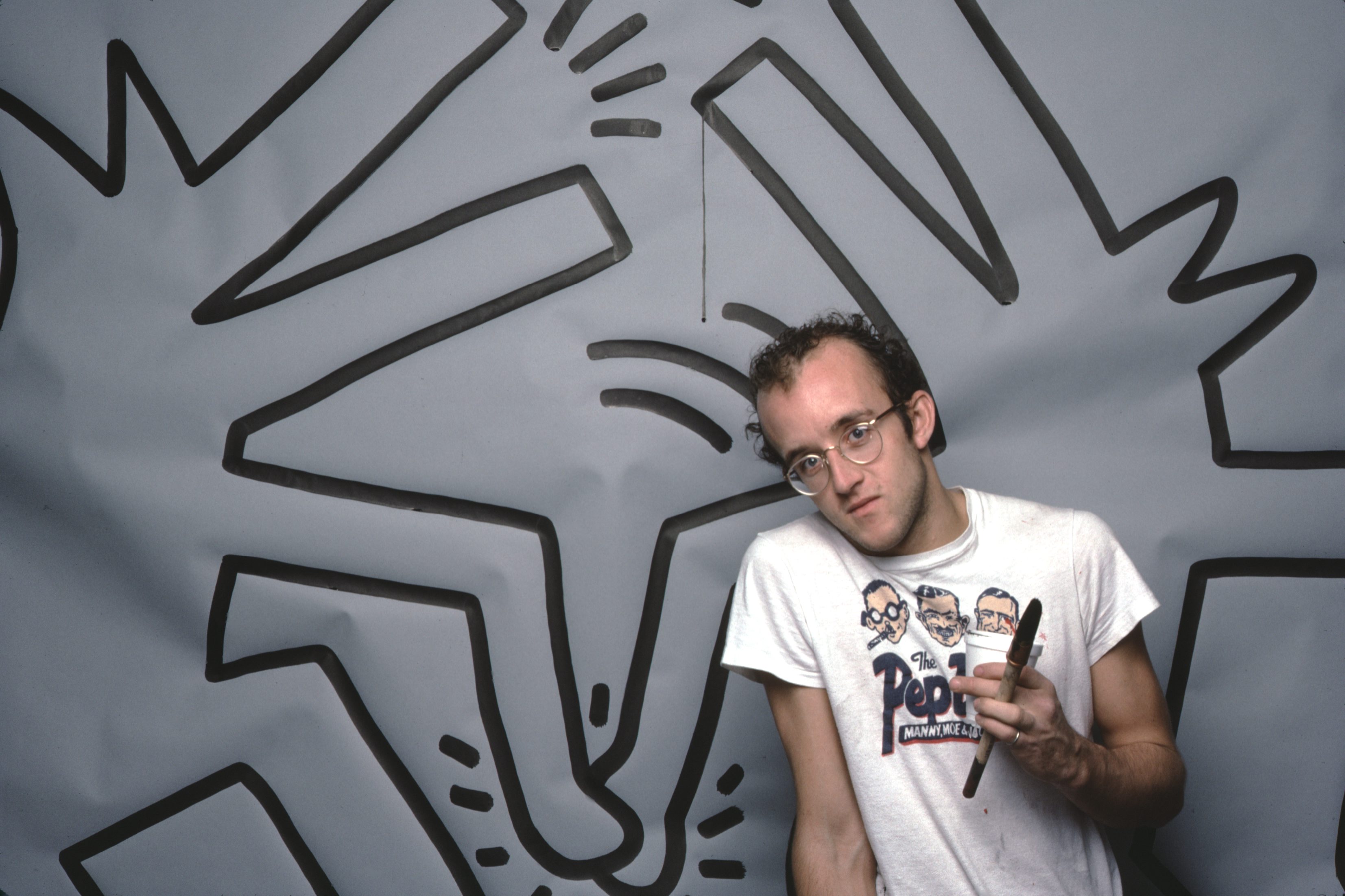 Modern masters: the ultimate guide to Keith Haring
Modern masters: the ultimate guide to Keith HaringKeith Haring's bold visual identity brought visibility to the marginalised
-
 Discover a hidden culinary gem in Melbourne
Discover a hidden culinary gem in MelbourneTucked away in a central Melbourne park, wunderkind chef Hugh Allen’s first solo restaurant, Yiaga, takes diners on a journey of discovery
-
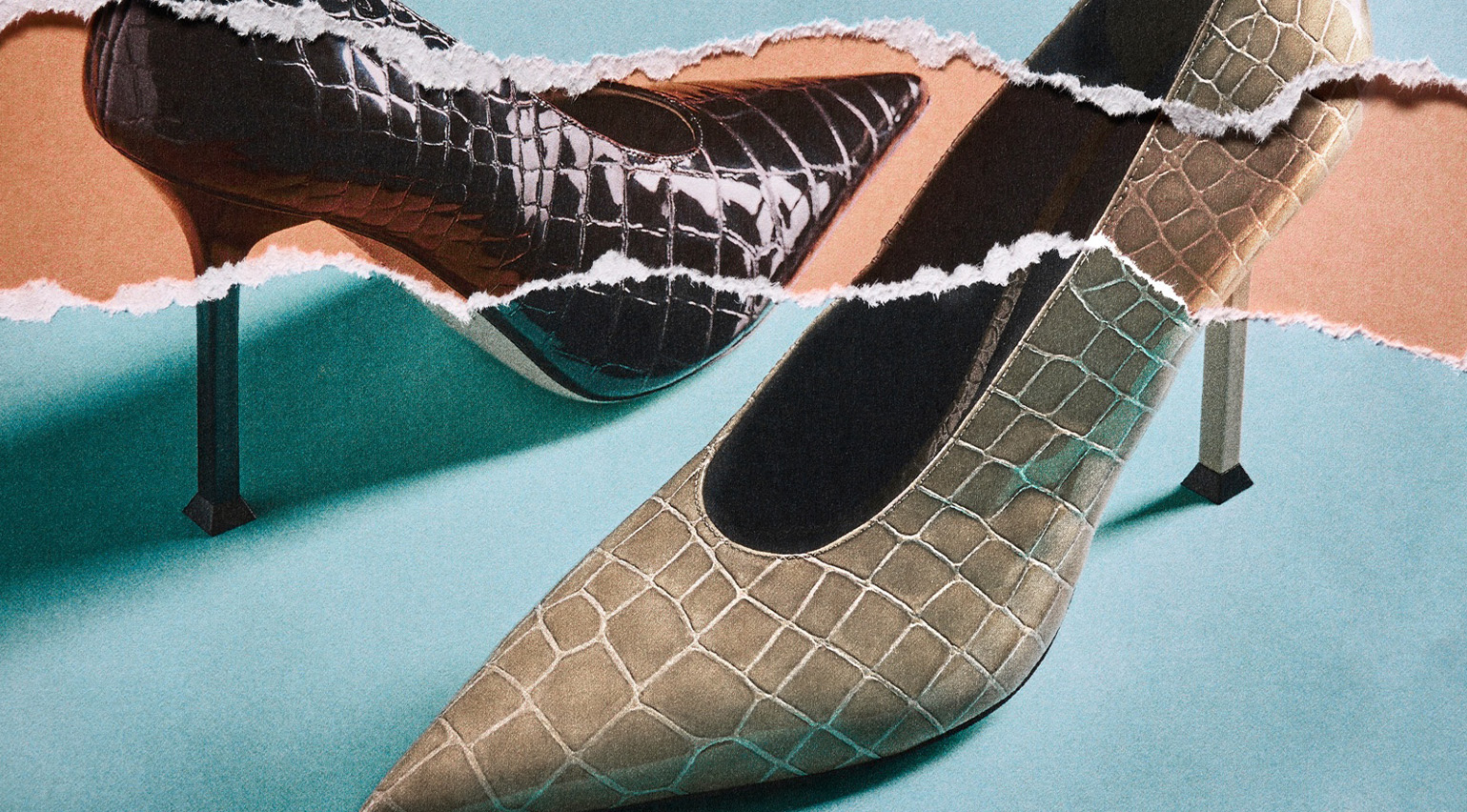 Nina Christen is the designer behind fashion’s favourite – and most playful – shoes
Nina Christen is the designer behind fashion’s favourite – and most playful – shoesShe’s created viral shoes for Loewe and Dior. Now, the Swiss designer is striking out with her own label, Christen
-
 Craig Green’s homecoming show was a heartfelt musing on ‘sons and fathers’
Craig Green’s homecoming show was a heartfelt musing on ‘sons and fathers’Craig Green opened up his Docklands studio for a deeply personal show that marked a triumphant return to the runway for the British designer after a two-year hiatus
-
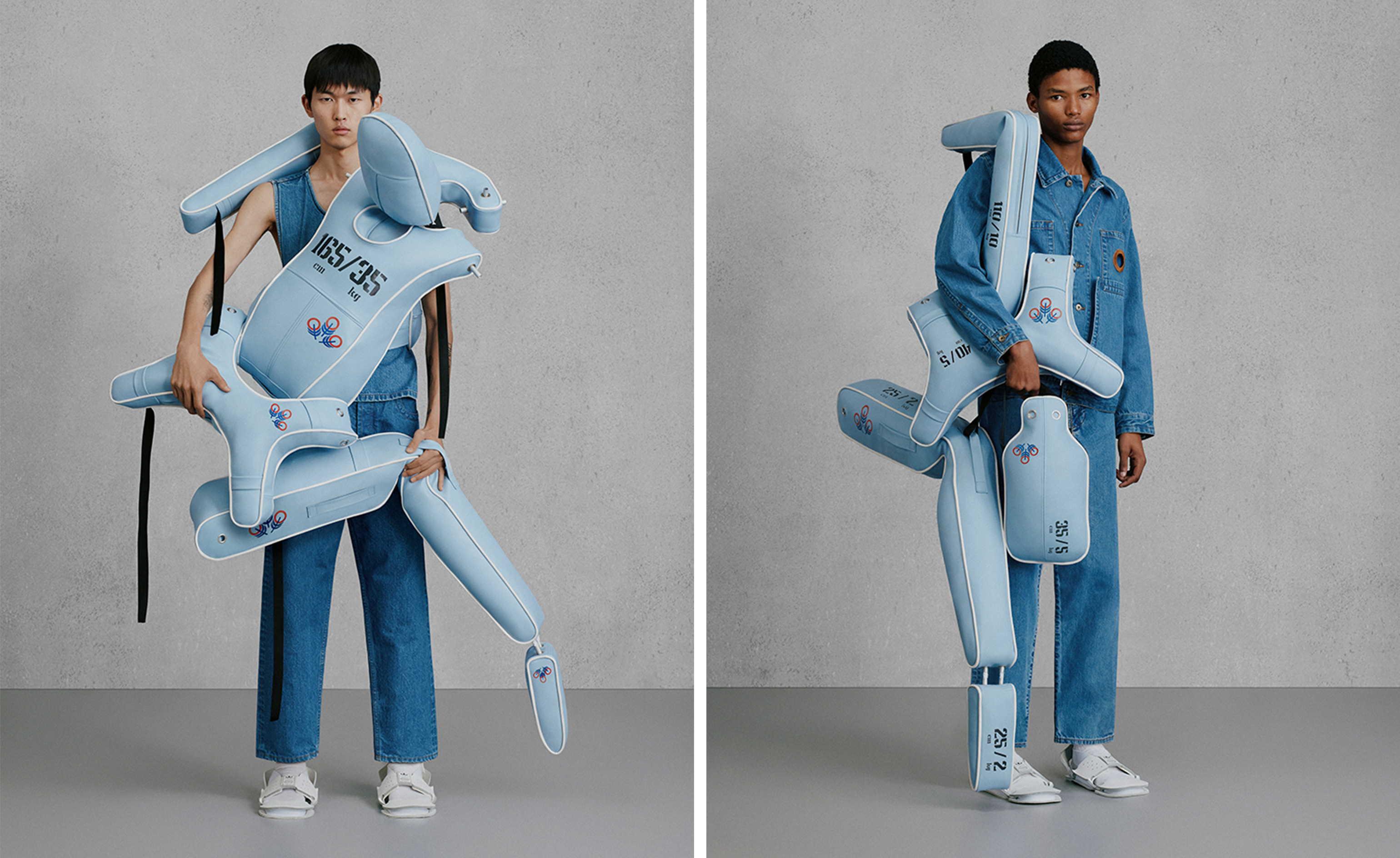 Craig Green’s new collection is a musing on connection and human touch
Craig Green’s new collection is a musing on connection and human touchCraig Green celebrates ten years with a two-seasons-in-one collection that muses on connection, loneliness and the human body – featuring sculptural adornment inspired by wrestler’s dummies
-
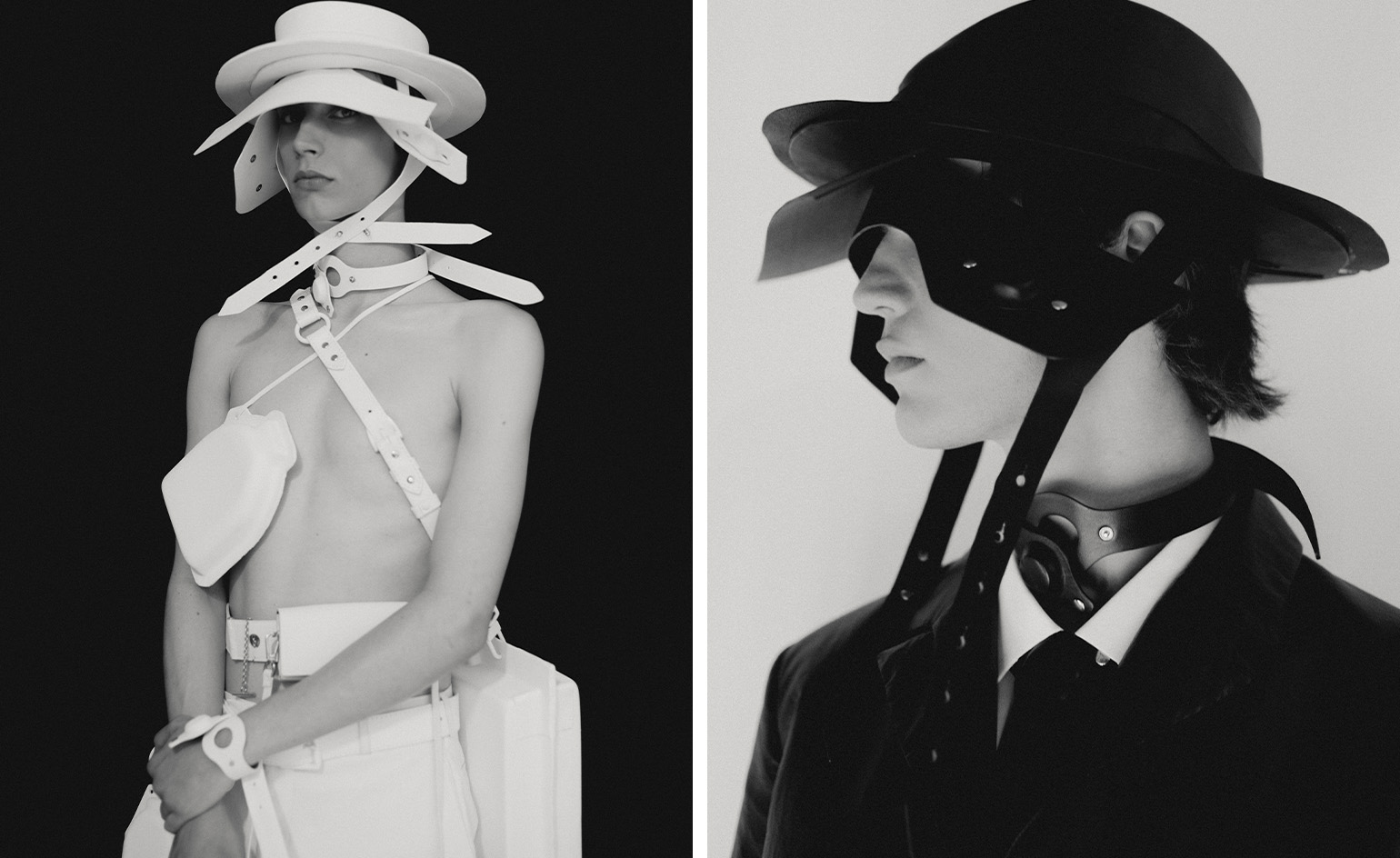 Craig Green on his ‘decorated men’ and those hand-moulded leather accessories
Craig Green on his ‘decorated men’ and those hand-moulded leather accessories‘They are almost like a relic,’ says British designer Craig Green of the hand-moulded leather objects that appeared as part of his S/S 2023 collection, a musing on functionality and decoration
-
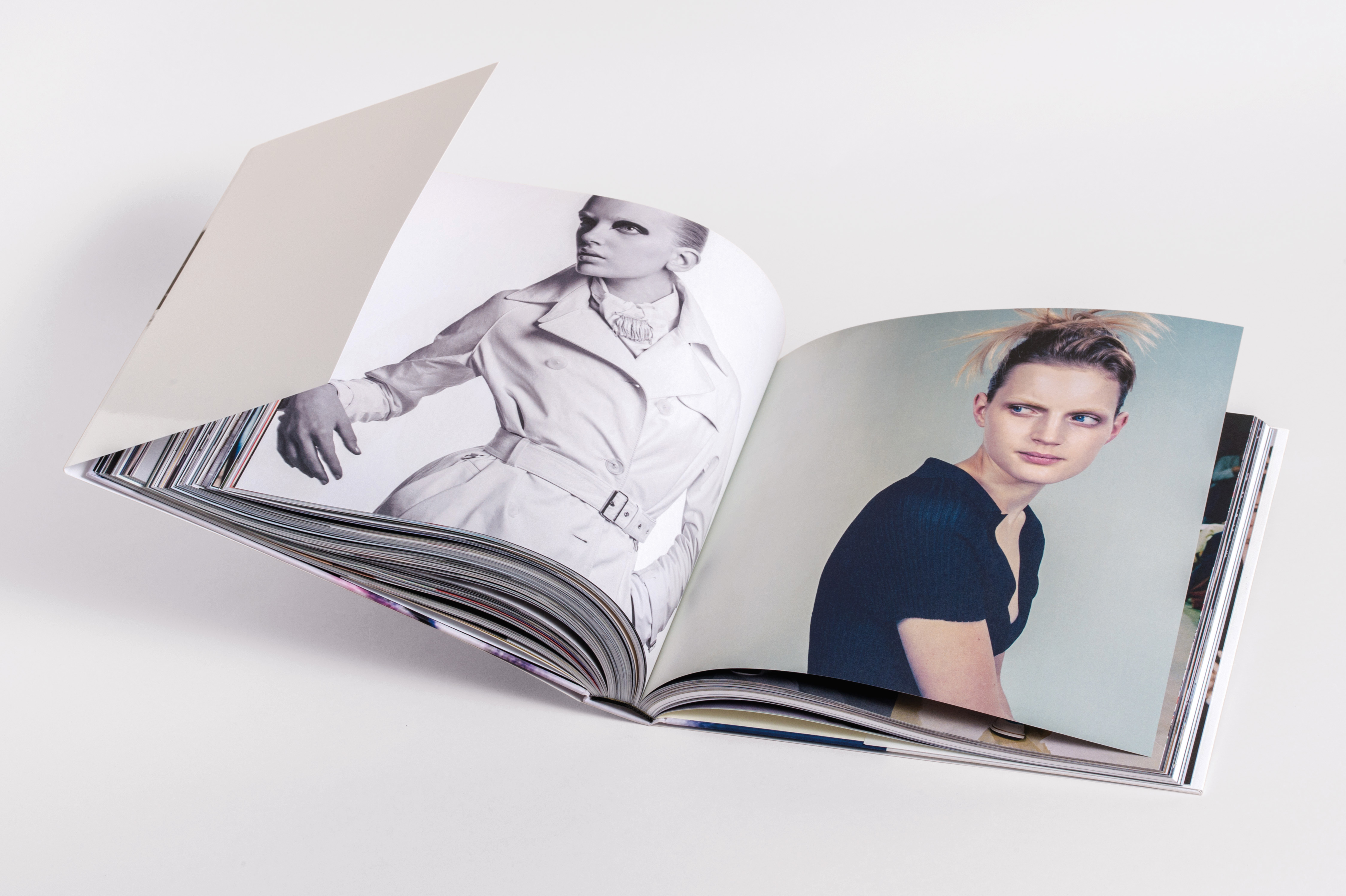 The finest fashion books for style enthusiasts
The finest fashion books for style enthusiastsThe fashion books taking pride of place on the Wallpaper* style desk, from enticing photographic tomes to rare limited-edition titles. Here, the Wallpaper* team pick the best new releases, doubling as a festive gift list for style savants
-
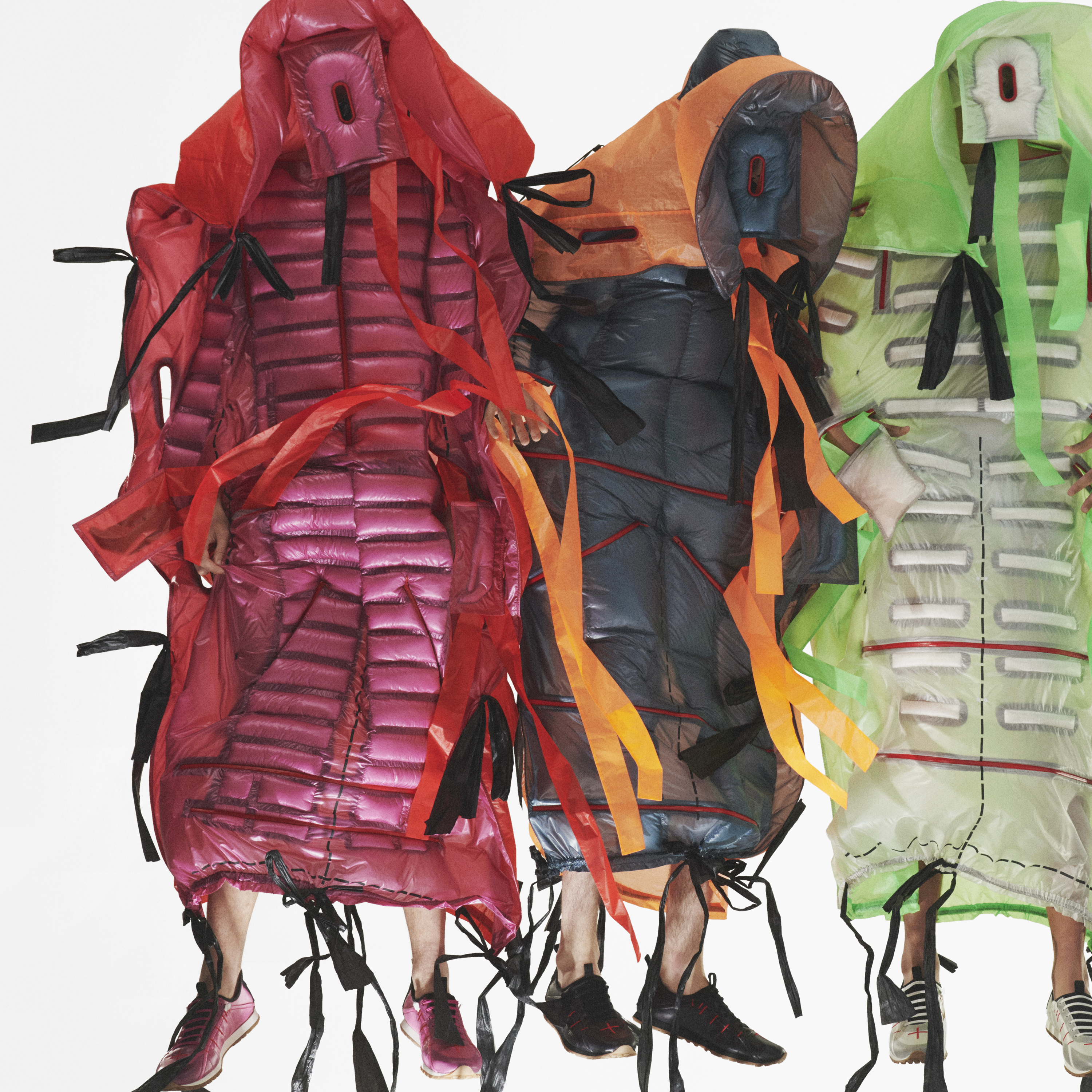 Craig Green launches new Moncler Genius collection
Craig Green launches new Moncler Genius collectionCraig Green's new collection for Moncler Genius is all about protection and transparency
-
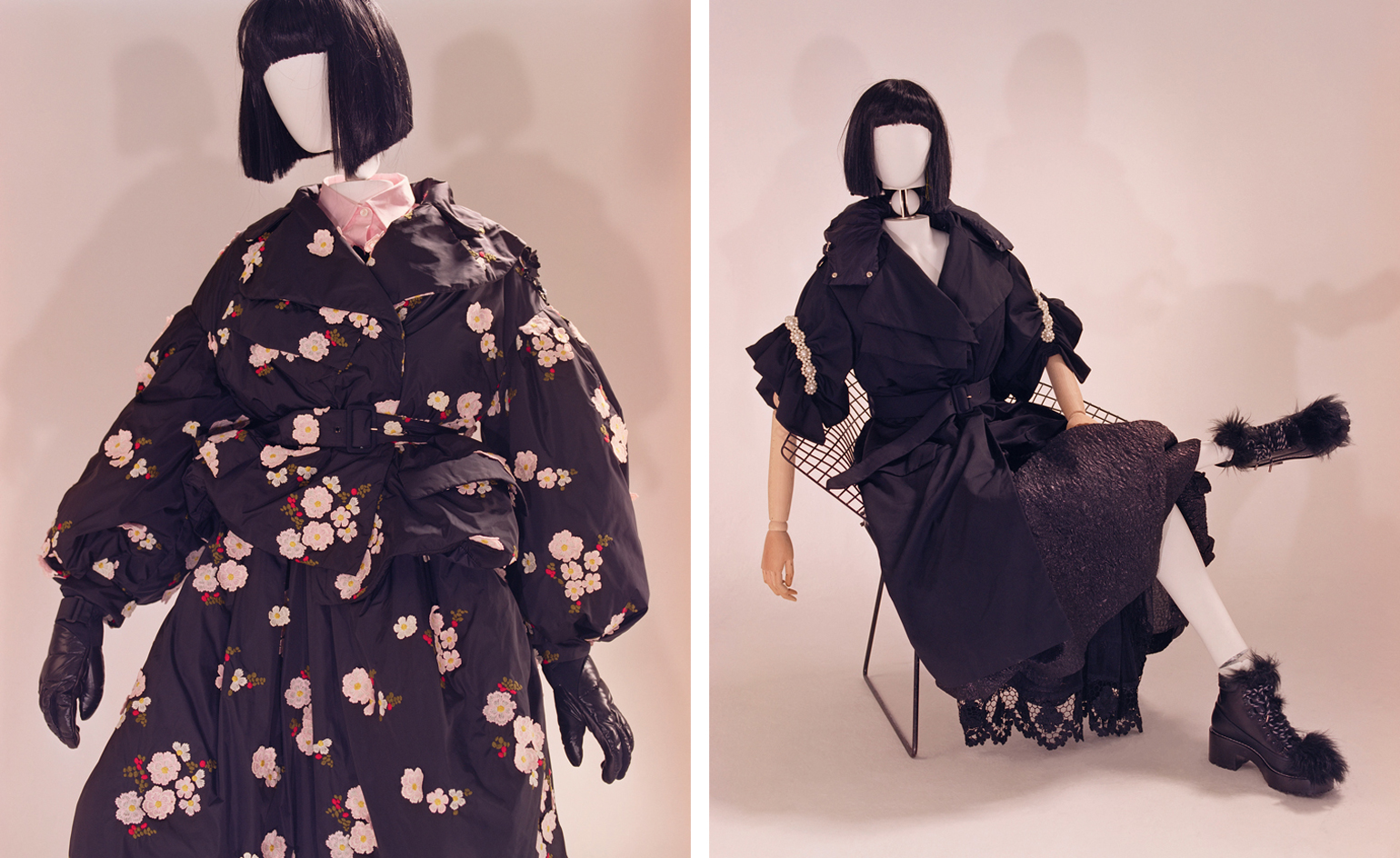 Simone Rocha’s Moncler Genius collaboration attends to thrill-seekers and frill-seekers alike
Simone Rocha’s Moncler Genius collaboration attends to thrill-seekers and frill-seekers alike -
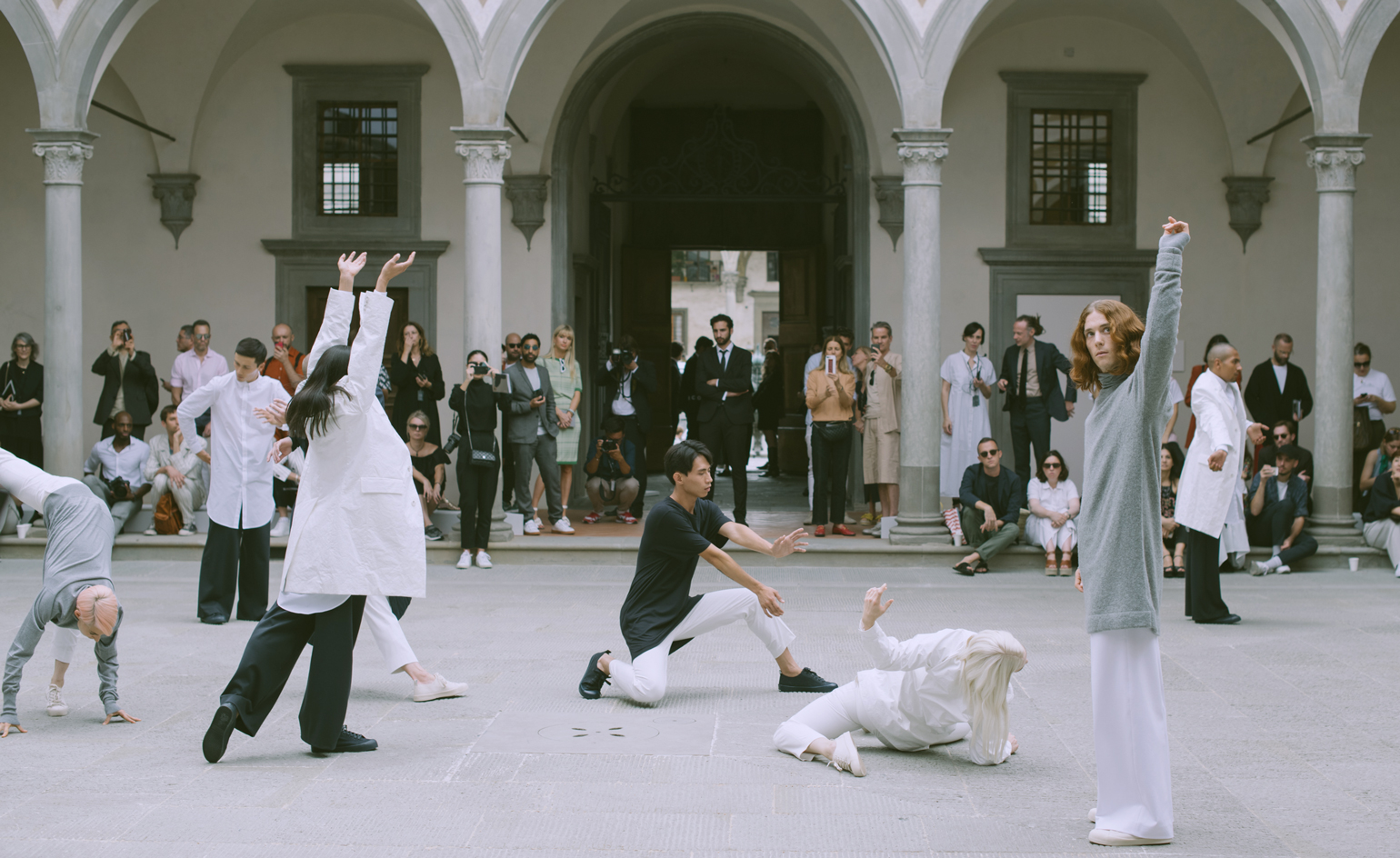 The highlights from Pitti Uomo 94 in Florence
The highlights from Pitti Uomo 94 in FlorenceRain was omnipresent at Pitti Uomo 94. The outerwear brand Herno celebrated its 70th year with a vast exhibition that began with an installation of a single drop of rain; MCM showed ready-to-wear and accessories in Florence for the first time in a dynamic runway presentation that featured a tropical storm. The red and blue carpeted catwalk at Paul Surridge’s debut Roberto Cavalli Menswear show was absolutely sodden, which added an eccentric mood to the otherwise fine, fresh clothes. After all, what’s summer without the threat of a downpour? Elsewhere, the classic brands who have built their heritage on modish, Made in Italy élan are having conversations about what they can learn from the advance of streetwear: it’s time for a rethink they say.
-
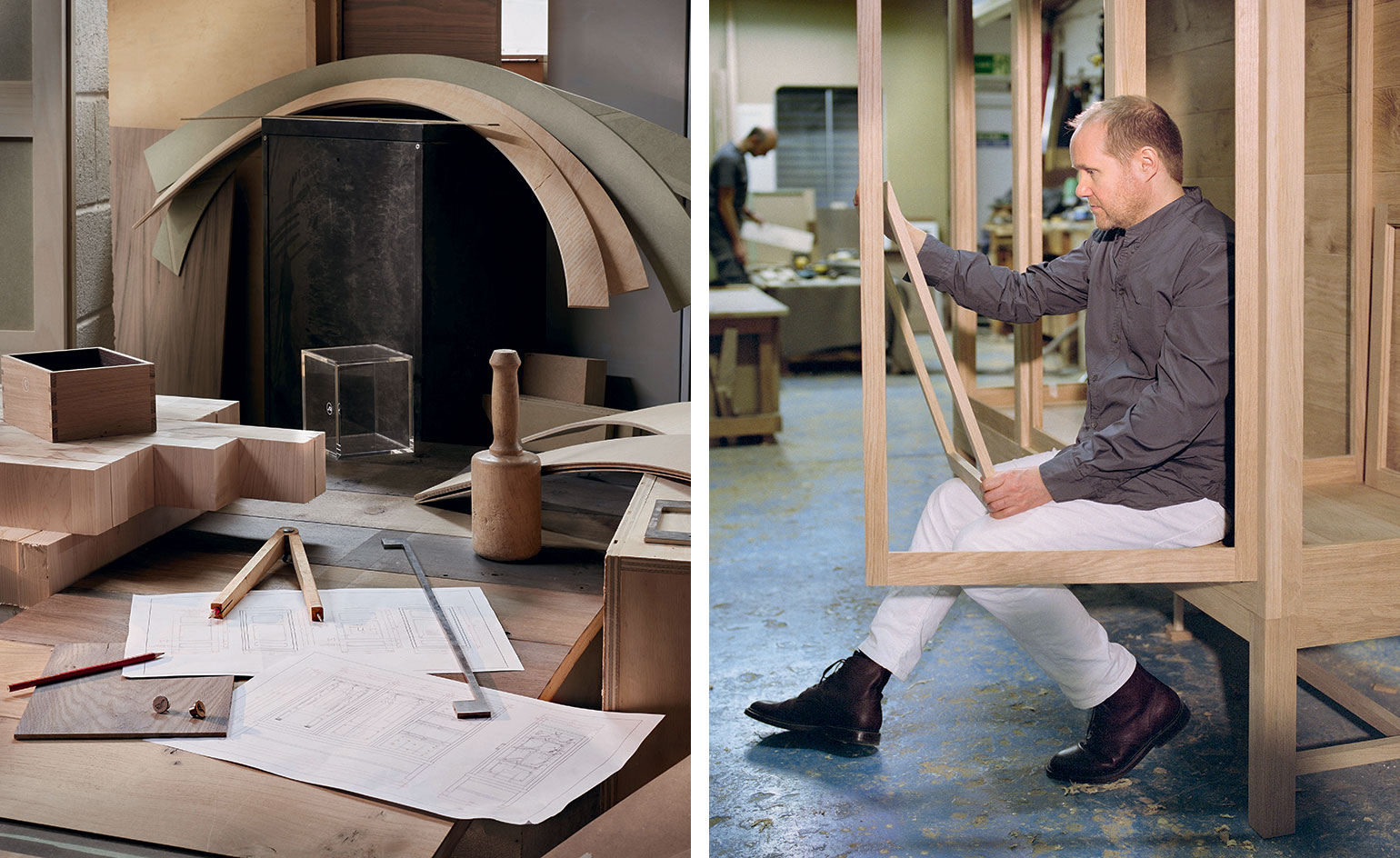 Public hanging: 'Worshipful' wardrobe, by Paul Helbers and Smallbone
Public hanging: 'Worshipful' wardrobe, by Paul Helbers and Smallbone